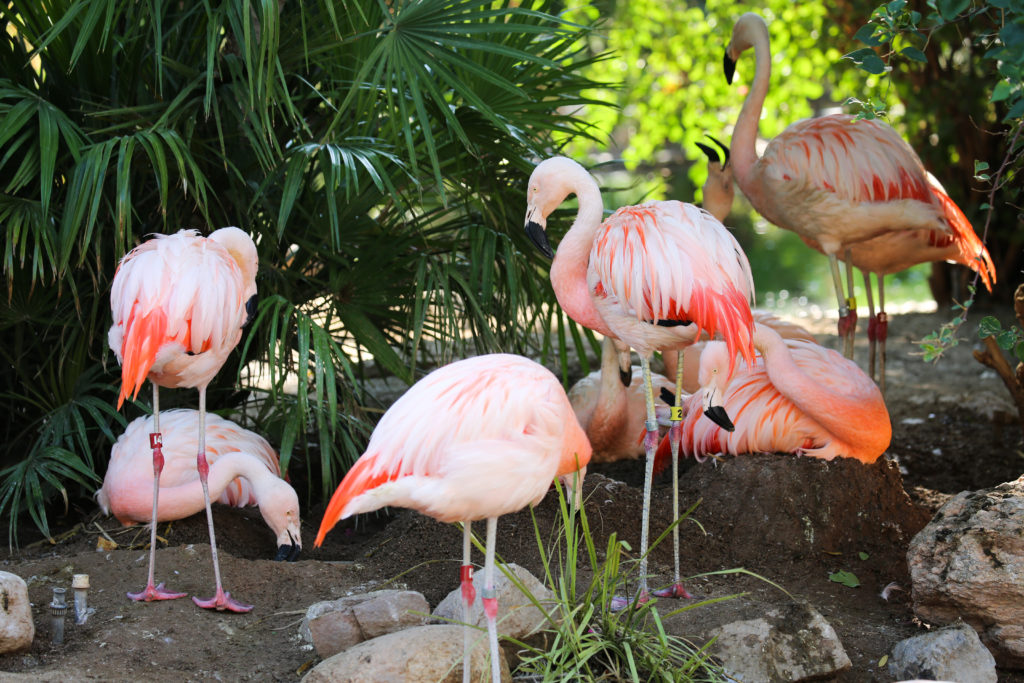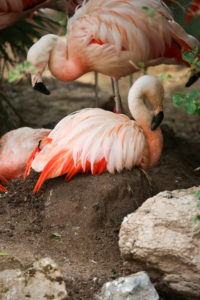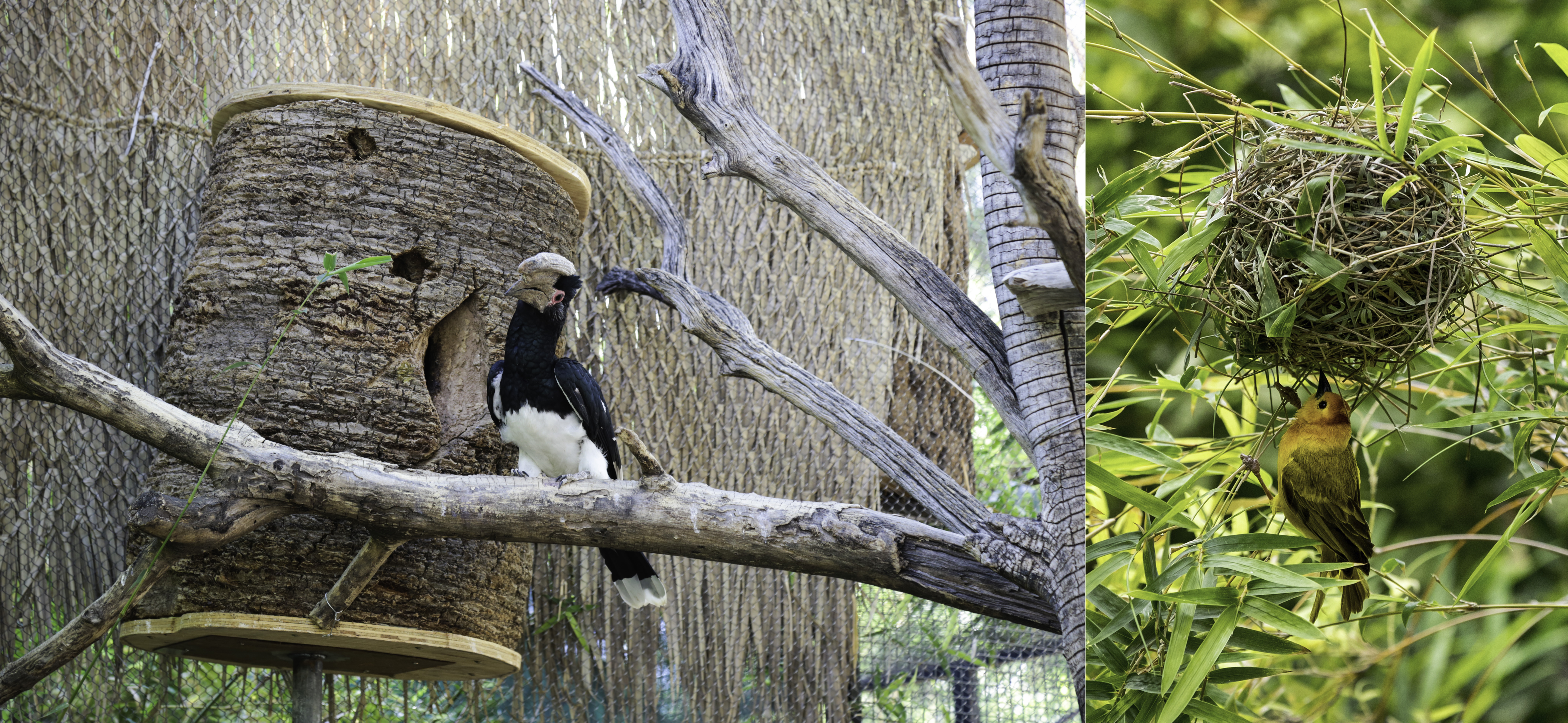Bird Nests: Small in Stature, Mighty in Worth

Bird Nests: Small in Stature, Mighty in Worth
Remarkably engineered through complex design and composed of a wide variety of nature’s best building tools (everything from mud and twigs to leaves and fur), bird nests are some of the most unique and artistic creations in the natural world. A nest offers to its creator shelter, support and camouflage and the skill to build these inventive structures comes nearly entirely from instinct. This instinct must remain adaptable, however, as the materials available in the wild vary. The majority of bird species are opportunistic when it comes to building materials and will willingly utilize man-made ingredients should they fit size and texture requirements. Resourceful architects, aren’t they?
 From simple to complex designs, there are many different types of nests that birds create. From scrape, ground and burrow nests located on the Earth’s floor to cavity, platform and cupped nests, which are most often constructed in higher places, bird nests are unique to the species that create them and vary in size, composition, design, and location.
From simple to complex designs, there are many different types of nests that birds create. From scrape, ground and burrow nests located on the Earth’s floor to cavity, platform and cupped nests, which are most often constructed in higher places, bird nests are unique to the species that create them and vary in size, composition, design, and location.
Take our resident Chilean flamingos for example! They have been hard at work building some amazing ground nests constructed from mud. By scooping mud together with their feet and bill, the flamingos extend the mud upward and arch over the top to create the ‘cup’ for the eggs.
Alongside the flamingos, we have our beautiful trumpeter hornbill’s cavity nests. When nesting, female hornbills will remain in the cavity of a large tree that generally measures just 50 cm deep x 40 cm wide x 100+ cm long. Sounds cozy doesn’t it?
Examining these miniature masterpieces gives new perspective and allows us to appreciate the delicate minutia of nature. So, get out and explore! You never know what wonderment you’ll discover in your own backyard or at your Zoo.

